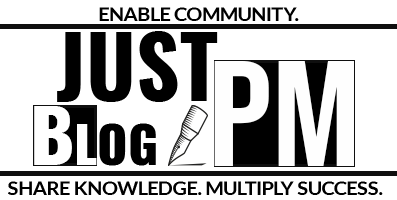In the realm of project management, procurement planning is a critical component that ensures the timely acquisition of essential resources. A myriad of inputs must be meticulously considered to achieve a comprehensive and effective procurement plan.
Essential Details:
- Foundational Inputs:
- Scope Baseline: Comprising the scope statement, WBS, and WBS dictionary, it delineates project requirements.
- Requirements Document: Contains pivotal details influencing procurement decisions, including legal, regulatory, safety, security, and performance guarantees.
- Risk Management:
- Teaming Agreements: Often necessary for risk mitigation, these can manifest as joint ventures or partnerships.
- Risk Register: Highlights potential risks and opportunities, guiding risk-related contract decisions.
- Project Parameters:
- Activity Resource Requirements: Specifies resource types, aiding in identifying what’s available and what needs procurement.
- Project Schedules & Cost Estimates: Dictate the timing and budget for resource acquisition.
- Contractual Considerations:
- Contracts: These guide the procurement process, ensuring timely delivery and quality adherence. Multiple contracts might be active simultaneously.
- Seller Identification: A crucial part of planning, it involves finding, qualifying, and determining potential sellers.
- Organizational Context:
- Enterprise Environmental Factors: These encompass market conditions, supplier performance history, product/service availability, and local conditions.
- Organizational Process Assets: Representing the organization’s collective wisdom, they influence procurement policies, guidelines, standards, and supplier selection.
Wrap-Up:
Procurement planning is not a standalone activity; it’s a culmination of various inputs that shape the procurement strategy together. By understanding and integrating these inputs, project managers can ensure that procurement activities align with project objectives, timelines, and budget constraints, ultimately driving project success.


